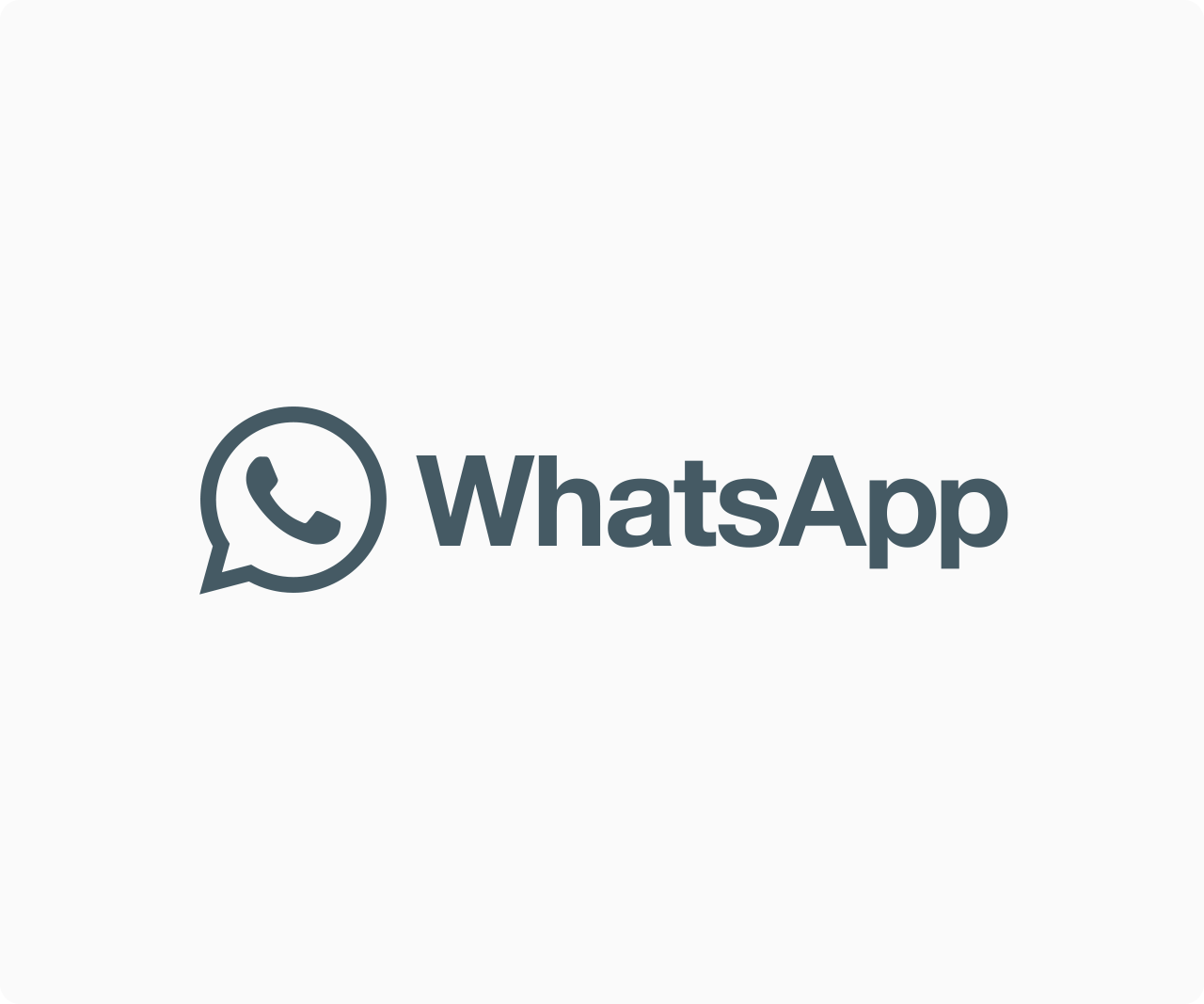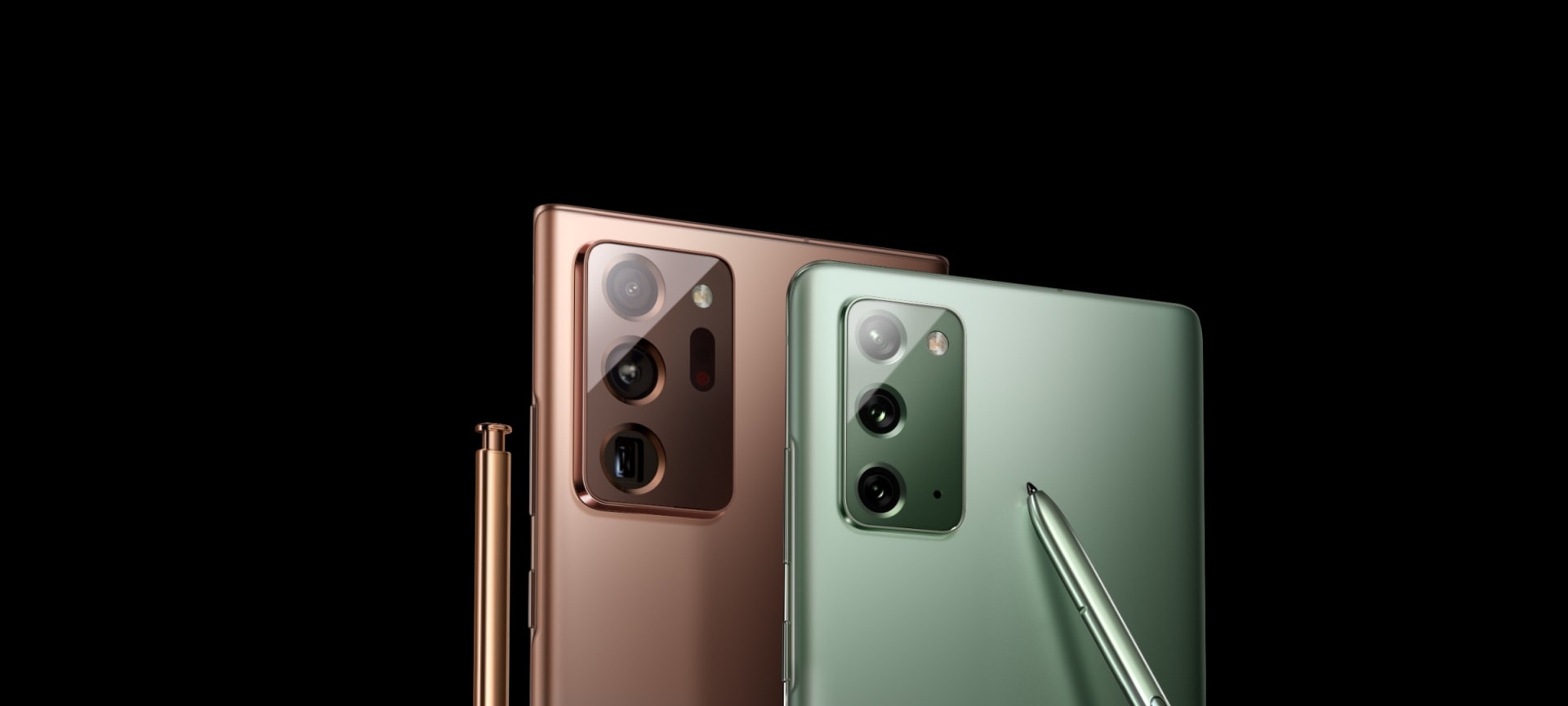News
Huawei P50 announced with Snapdragon 888 and HarmonyOS

HUAWEI P50: The P50 and P50 Pro are Huawei’s newest flagship phones for the Chinese market. They’re Huawei’s first significant phones to arrive with HarmonyOS, the company’s own mobile operating system, which works in tandem with the company’s usual high-end cameras and hardware, which includes Qualcomm’s top Snapdragon 888 CPU in select variants.
Due to US restrictions, Huawei’s capacity to create new phones has been severely hampered, and its ability to obtain semiconductors and other components from firms using US technology has been severely limited. When Huawei’s consumer business CEO Richard Yu originally teased the phones last month, he indicated that a launch date hadn’t been established yet “for reasons you are all aware of.”
Because of the sanctions, the Huawei P50 series, like other recent Huawei phones, will not feature Google’s apps and services if it is ever released outside of China. In fact, Huawei claims that the P50 does not run Android at all, instead relying on its own HarmonyOS software. However, after allegations that HarmonyOS is effectively a copy of Android’s open-source code, there is some debate about how different it is from Android.
READ ALSO: Apple releases iOS 14.7 just as MagSafe Battery Pack appears on shelves
Because of US sanctions, Huawei’s own Kirin chips aren’t used in every P50. According to spec sheets on Qualcomm’s website, the Snapdragon 888 processor is used in the P50 and one version of the P50 Pro. Last year, Qualcomm was granted a license to sell processors to Huawei. There’s also a P50 Pro with Huawei’s own Kirin 9000 processor on display. Both phones are 4G-only, with no mention of 5G capability. The P50 Pro comes with 8 or 12 GB of RAM and up to 512 GB of internal storage, whilst the P50 comes with 8 GB of RAM and up to 256 GB of storage.
The P50 Pro features a 6.6-inch 120Hz 1228p OLED display, whilst the P50 features a 6.5-inch 90Hz 1224p OLED display. The P50 Pro features a 4,360mAh battery, whilst the P50 has a 4,100mAh battery. Both can be charged at 66W by wire, and the P50 Pro may be charged wirelessly at 50W. The dust and water resistance is rated at IP68.
If Huawei’s recent flagships are any indication, the cameras on the P50 series will be the most intriguing feature. The P50 Pro sports four rear cameras: a 50-megapixel main camera, a 64-megapixel telephoto with a 3.5x optical zoom, a 40-megapixel monochrome camera, and a 13-megapixel ultra-wide camera, all housed within two circular camera bumps. The P50 has a camera bump that is identical to the P50, except it has one less camera lens. It contains the main camera with a resolution of 50 megapixels, a 12-megapixel telephoto lens with a 5x optical zoom, and a 13-megapixel ultrawide lens with a resolution of 13 megapixels. Both include selfie cameras with a resolution of 13 megapixels.
The P50 Pro will debut on general sale in China on August 12th, with prices starting at 5,988 yuan (about $927) for a model with 8GB of RAM and 128GB of storage. The P50 will be on sale in September for 4,488 yuan (about $695), with 8GB of RAM and 128GB of storage. It’s unknown whether or not they’ll be released outside of China.




